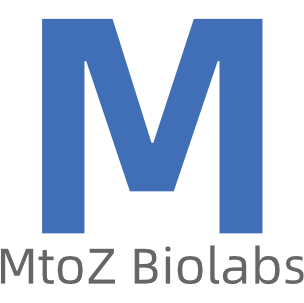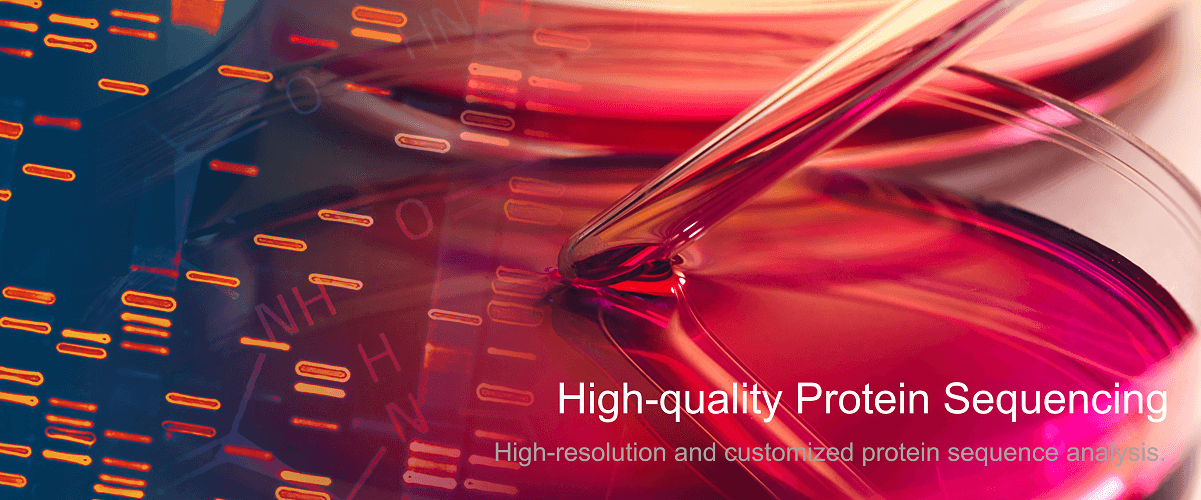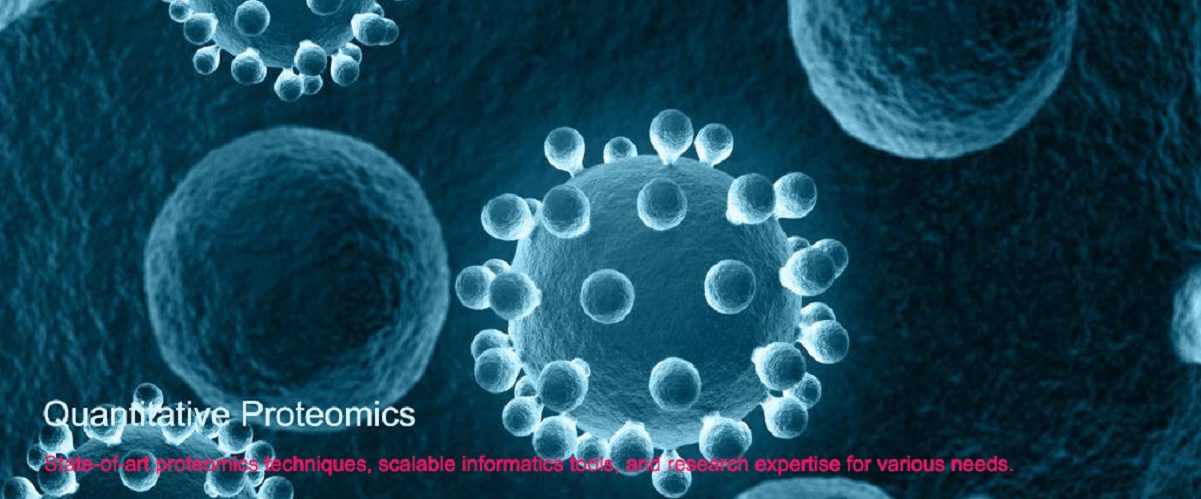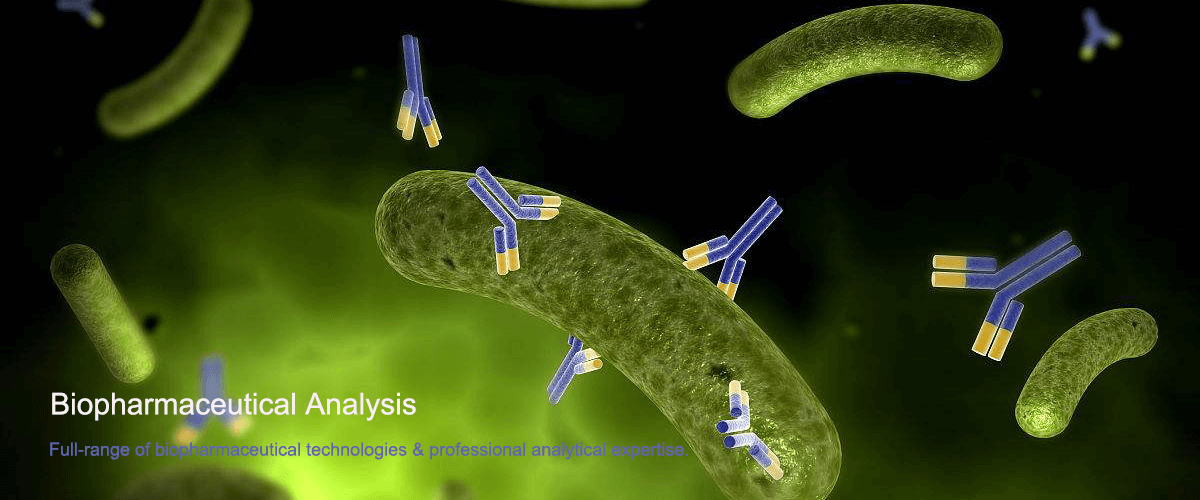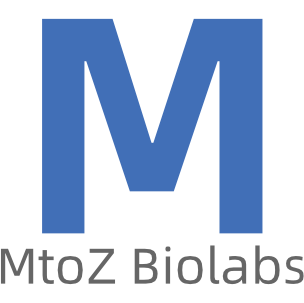Protein Post-Translational Modification Mass Spectrometry Results Analysis
Post-Translational Modifications (PTMs) of proteins occur after translation, involving enzymatic addition or removal of chemical groups such as phosphate, acetyl groups, uridylic acid, and glycosyl groups. These modifications significantly influence protein stability, activity, and functionality. Mass spectrometry serves as a fundamental tool for the analysis of protein PTMs, and the analysis of mass spectrometry data comprises several steps:
1. Data Preprocessing
The initial phase of analyzing mass spectrometry data includes preprocessing steps such as noise reduction, baseline correction, and normalization, setting the stage for subsequent peak detection, identification, and quantification.
2. Isotopic Peak Detection and Peak Picking
Following preprocessing, isotopic peak detection and peak picking are essential to ascertain the mass-to-charge ratios and intensities of protein ions.
3. Protein Identification
Protein identification is conducted based on the mass-to-charge ratios and intensities of ions, employing methods like database searches or spectral matching.
4. PTM Site Localization
Once proteins are identified, it is imperative to pinpoint the exact sites of PTM occurrences, commonly achieved through the analysis of fragmentation ion spectra.
5. PTM Quantification
Quantifying PTMs is crucial for understanding their variations under different conditions, shedding light on their roles in biological processes.
MtoZ Biolabs, an integrated chromatography and mass spectrometry (MS) services provider.
Related Services
How to order?

